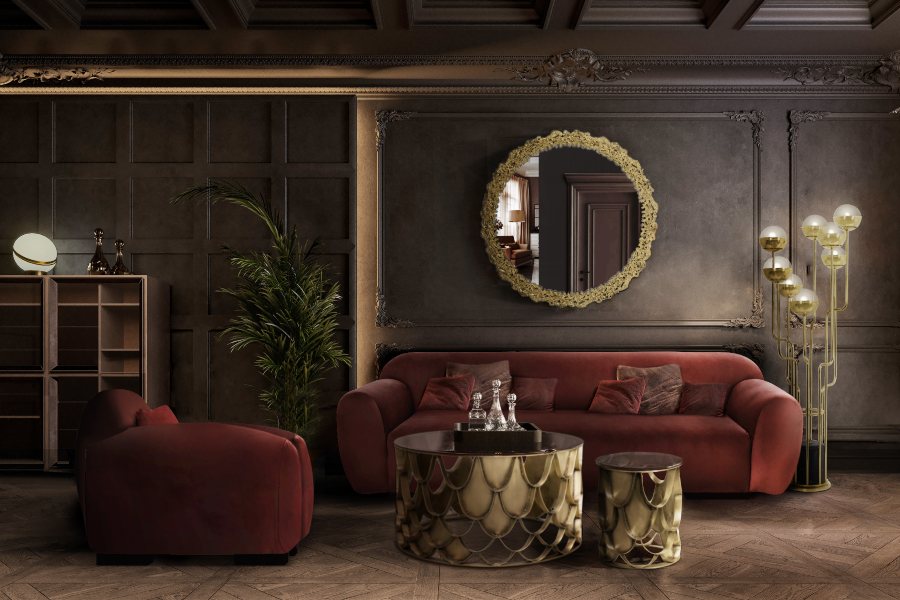Modern and classis mirror
Characteristics of Modern Mirrors
Materials and Finishes
Contemporary mirrors come in numerous materials and finishes, providing limitless options for personalization .
Typical materials consist of glass, acrylic, and metal. The surface finishes can vary from smooth and shiny to matte or textured, enabling a seamless integration with any interior design aesthetic .
Additionally , the adoption of sustainable materials has become more popular , attracting consumers who are mindful of environmental issues.
Innovative Features
The integration of technology has turned mirrors into versatile devices.
Numerous contemporary mirrors feature built-in LED lighting that improves visibility and creates a better ambiance .
Some models even come with anti-fog features for daily ease of use. Furthermore, smart mirrors can include touchscreens , enabling users to retrieve information or manage home devices , making them a stylish and functional enhancement to modern living areas .

Characteristics of Classic Mirrors
Classic mirrors are characterized by their intricate designs and ornate embellishments. Often made from high-quality materials such as wood and glass, these mirrors frequently showcase hand-carved details and gilded frames , embodying timeless elegance .
Styles such as Baroque , Rococo , or Victorian contribute to their classic appeal, making them cherished pieces in traditional interiors .
These mirrors serve not only as functional items but also as stunning decorative accents that elevate the aesthetic of any room .
Historical Significance
Classic mirrors hold a significant place in history, reflecting societal tastes and craftsmanship of their respective eras .
From the grand mirrors of Versailles to the elegant designs of English manor houses, they capture a glimpse of the past , symbolizing wealth and status .
Collectors often seek these antique pieces for their rich heritage and artistry , ensuring their preservation and appreciation for generations to come .

Popular Uses of Modern Mirrors
Home Décor Trends
Modern mirrors have become a staple in home décor, enhancing both style and functionality .
Designers often incorporate large statement mirrors in living rooms and entryways to create the illusion of more space .
Mirrors with creative shapes or unique frames can serve as focal points, elevating the overall aesthetic of any room .
Additionally , mirrored furniture pieces, such as tables or cabinets, provide a contemporary touch while reflecting light and colors .
Architectural Applications
In architecture , mirrors are used not only for decorative purposes but also to influence how natural light is distributed throughout a space .
They can be strategically placed in hallways or small rooms to enhance brightness and open up narrow spaces .
Architects utilize mirrors to emphasize structural elements and expand visual perspectives, making them invaluable in modern design .

Popular Uses of Classic Mirrors
Classic mirrors, often considered timeless pieces, are highly sought after by collectors . They can add value to any collection due to their historical significance and craftsmanship . Antique mirrors , particularly those with ornate frames or unique glass qualities , serve as conversation starters while embodying the artistry of their respective eras .
Collectors appreciate not only their beauty but also the stories behind each piece , contributing to the allure of classic mirrors .
Interior Design Inspiration
 |
| classic mirror |
In interior design , classic mirrors continue to inspire various styles , from vintage to modern aesthetics .
They can be used to create stunning wall displays , enhance natural lighting , or simply serve as elegant accents in any room .
Designers rely on these mirrors to add sophistication and charm, harmonizing seamlessly with both traditional and contemporary furnishings .
Their versatility makes them essential in elevating interior spaces .
